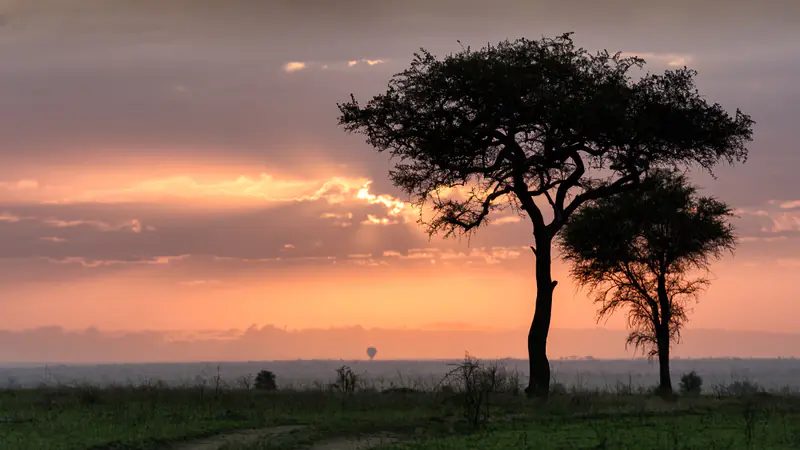UNESCO World Heritage Sites in United Republic of Tanzania
Heritage Overview
Tanzania's UNESCO World Heritage sites preserve exceptional natural wonders, archaeological treasures documenting human evolution, and distinctive architectural heritage reflecting East African coastal trade networks. The country encompasses some of Africa's most iconic landscapes and wildlife concentrations alongside sites revealing humanity's deepest origins and centuries of Swahili cultural development. Natural sites showcase extraordinary biodiversity and geological phenomena, from volcanic calderas and vast savanna plains supporting immense wildlife migrations to coral reefs and unique island ecosystems. These areas protect critical habitats for endangered species including elephants, rhinoceros, chimpanzees, and endemic flora whilst demonstrating ongoing evolutionary and ecological processes across diverse environments. Archaeological sites preserve pivotal evidence of human evolution spanning millions of years, revealing hominid development through fossil discoveries that revolutionised understanding of human origins. Coastal heritage encompasses distinctive Swahili architecture and urban planning documenting centuries of Indian Ocean trade connecting Africa with Arabia, Persia, and Asia. Together, Tanzania's heritage illustrates humanity's evolutionary journey, spectacular natural phenomena including volcanic activity and wildlife migrations, cultural exchange through maritime trade networks, and exceptional biodiversity across ecosystems ranging from coral reefs through montane forests to open grasslands supporting legendary wildlife populations.
Essential Information
Visa Requirements
Most foreign visitors require visas obtainable on arrival at international airports and land borders, or online through the e-visa system before travel. Tourist visas cost USD 50 for most nationalities (USD 100 for US citizens), valid for 90 days. E-visas require online application one week before arrival and are recommended to avoid queues. Citizens of some African countries receive visa exemptions or reduced fees. Passports must be valid for six months beyond entry with two blank pages. Yellow fever vaccination certificates are required if arriving from endemic countries. Extensions are possible through immigration offices. Multiple-entry visas are available.
Currency
The official currency is the Tanzanian Shilling (TZS). US dollars are widely accepted, particularly for tourist services, safaris, and accommodation, often preferred by tourism operators. Credit cards (Visa, Mastercard) are accepted in hotels, lodges, and upscale establishments in cities and tourist areas but rarely elsewhere. ATMs are available in major cities and tourist destinations, dispensing shillings with typical limits around 400,000 TZS daily and charging fees. Cash is essential for markets, small businesses, tips, and rural areas. Bring US dollars (dated 2013 or newer for better rates) for tourist expenses. Currency exchange available at banks, bureaux de change, and airports.
Language
The official languages are Swahili (Kiswahili) and English, both used in government and education. Swahili is the national language spoken as a first or second language by most Tanzanians, serving as a lingua franca across diverse ethnic groups. English proficiency is moderate, particularly amongst educated professionals, tourism operators, and in urban areas. Tourism infrastructure in national parks and heritage sites offers good English support. Rural areas have limited English usage. Over 120 ethnic languages exist, though Swahili dominates daily communication. Learning basic Swahili phrases (Jambo for hello, Asante for thank you) is appreciated and enhances interactions whilst demonstrating cultural respect.
Climate
Tanzania experiences tropical to temperate climates varying by region and altitude. Coastal areas and islands feature hot, humid conditions year-round with temperatures 25-35°C. Two rainy seasons occur: long rains (March-May) and short rains (November-December), though patterns vary regionally. The central plateau has drier conditions with warm days and cool nights. Northern highlands including Ngorongoro and Mount Kilimanjaro regions experience cooler temperatures. The dry season (June-October) offers ideal wildlife viewing with animals concentrated around water sources. January-February provides warm, relatively dry conditions. The best visiting period is June-October for safaris and heritage sites, avoiding long rains whilst enjoying excellent wildlife viewing.
